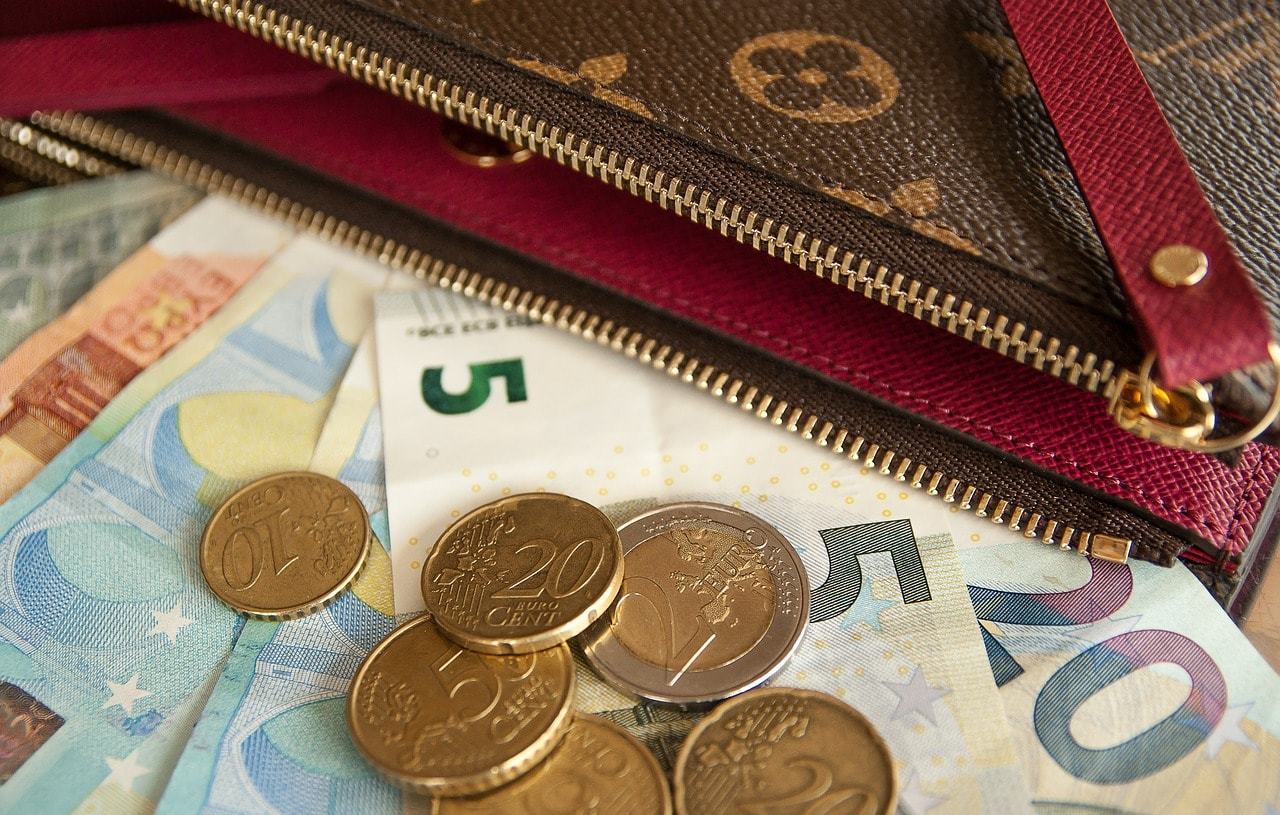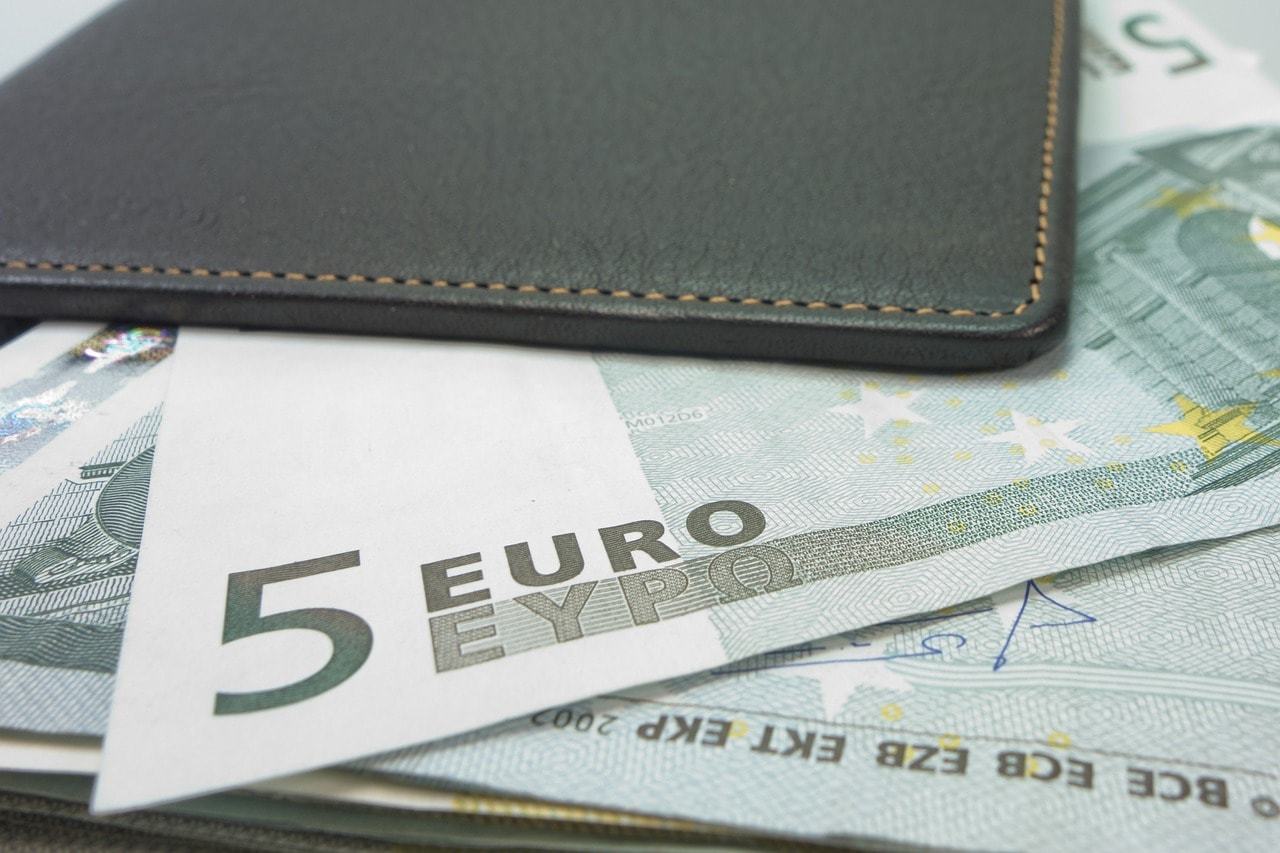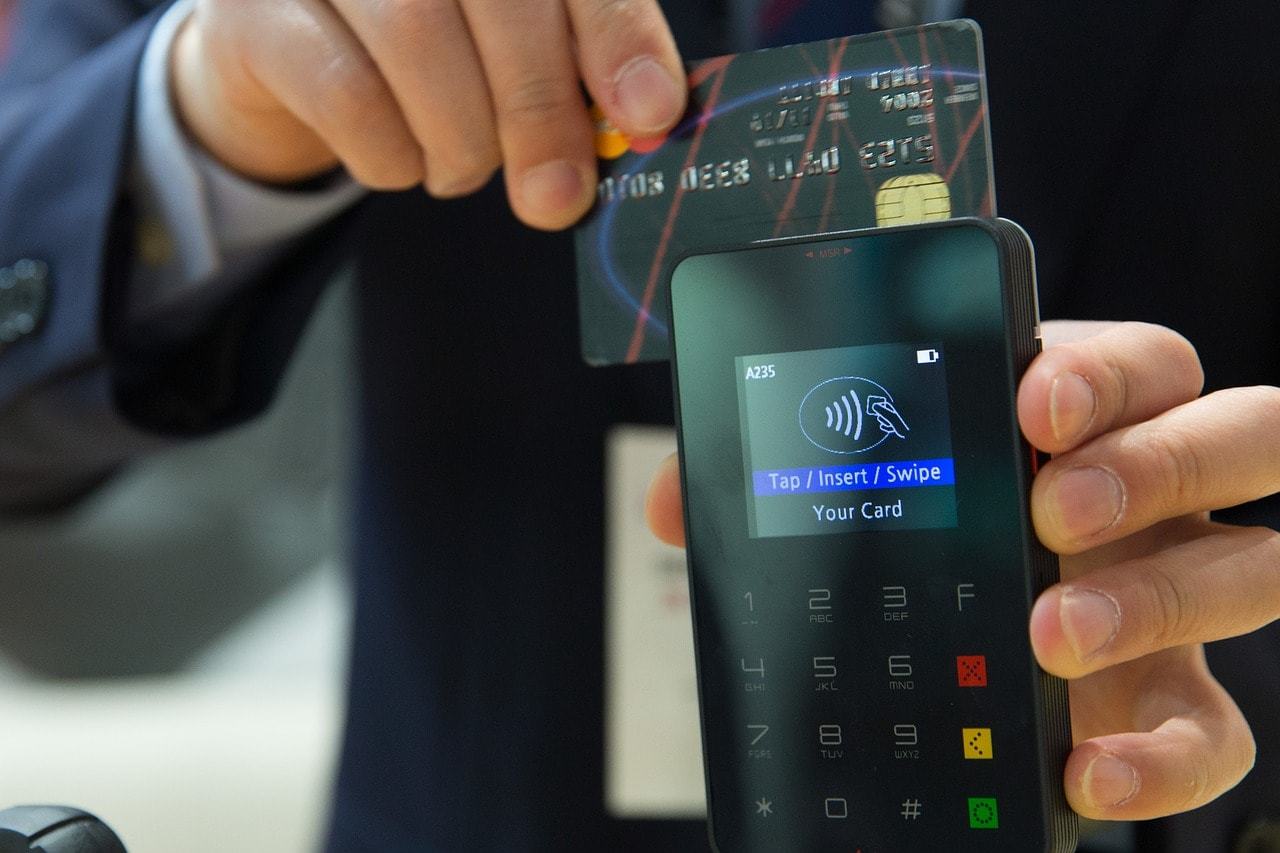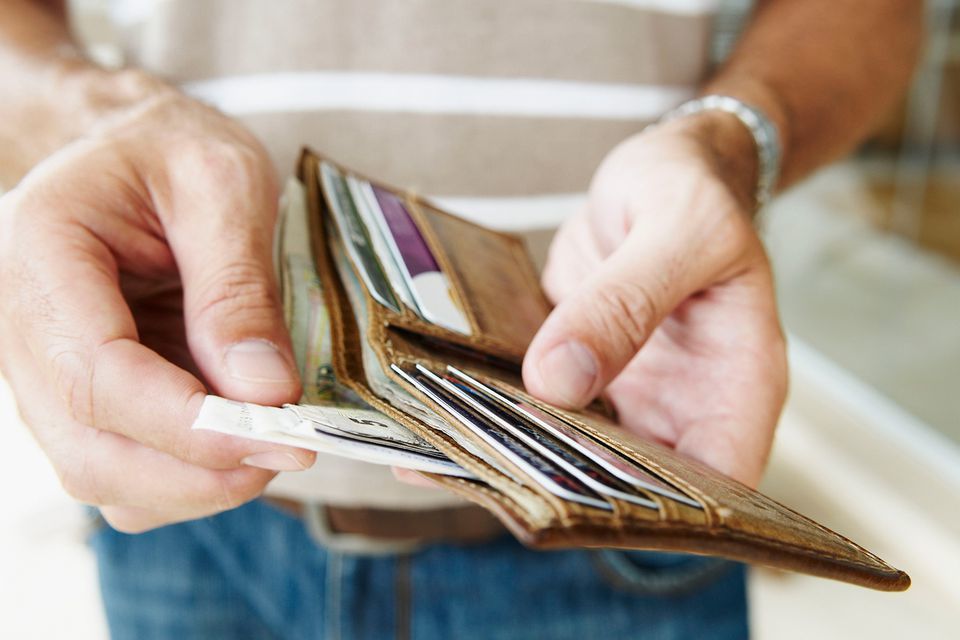October 24, 2017
Whenever you travel somewhere there is always one thing that you need, no matter where you go – money;
but then the question comes up about how much cash one should bring? Growing up in Canada I rarely used cash for anything. Debit and credit cards have accepted everywhere for years. Be warned though, this isn’t the case in many European countries.
I remember my first trip to Europe in the late 90s where, for as a young man without a credit rating, cash was mandatory. Unfortunately, this was also before the introduction of the Euro currency; which meant, within a few weeks of travel, I had four or five different currencies floating around my wallet! Luckily, you (and I) can now travel around Europe with only a few different currencies (sometimes only one!) in your wallet.

Now, while you, of course, can use a credit card during your holiday in Europe; cash is still a very good thing to have on you. For one, you will still find shops and restaurants around Europe that either don’t accept credit cards or insist on a minimum purchase amount. Quick aside: I was recently at the Munich train station and wanted to buy a bottle of water for my upcoming train trip. I had about 40 Euro cents so thought I tried to use my credit card. The first 3 shops wouldn’t accept a credit card. Then, the fourth shop insisted I spend 10 Euros for any credit card purchase! I ended up having to walk a few blocks away to a grocery store to buy water (luckily, I had time – but that isn’t always the case!)
Also, I’ll warn you of something I still forget about even after living in Europe for a couple years. Many gas station and train stations (and some restaurants) require you to pay to enter the bathroom! They will have either a turnstile (think amusement park ride but for the toilet) or a bathroom attendant, whose job it is to keep the bathroom clean, and the soap and paper towels full. If you come across a bathroom with an attendant you will see them right away, sitting in front of the bathroom door looking at you forlornly. In these cases, it is extremely important that you have not only cash on you but coins as well.
Fortunately, with the advent of the Euro, it is infinitely easier to carry cash in Europe now then it was 20 years ago. From Spain and Portugal in the west to Latvia and Lithuania in the east, one currency can be all you need. Unfortunately, right in the middle of your holiday (literally), you may find yourself in Switzerland. Switzerland is probably the most extreme example in Europe where cash is still king. While lately there has been an increase in the number of shops and stores that will accept credit cards, you will still come across businesses (and bathrooms) where credit cards are not accepted.

Unfortunately for travelers, Switzerland is not part of the Euro Zone and therefore the Swiss franc (abbreviated as CHF or Sfr) is the only currency accepted everywhere in Switzerland.
Now, you can pay with Euros in some larger shops, rail stations and gas stations in Switzerland. This could be convenient if you’re in transit or just staying for one night. But be aware if you pay with Euros, change will be in Swiss francs and the exchange rate is certainly not in your favour.
A good idea would be to always have cash on you when traveling in Europe and Switzerland. The Swiss Franc is worth just a little less than the Euro so both are strong currency’s (both being on par with the US dollar as well). So, don’t worry about having too much on you at the end of your trip.
Do be wary of the costs in Switzerland – it is definitely a country where a budget will come in handy. A small cappuccino is around 5 Swiss Francs for example. The main course for dinner averages around 25-30 Swiss Franc. Be sure to try and use a credit card whenever you can as your cash supply can go quickly here.

Now after all this advice, where should you get your cash from? I would personally avoid using the first exchange office you find when entering Switzerland; such as at the airport or train station. These typically have the worst exchange rates. You are better off finding central areas of town where there are several exchange businesses competing with one another. That being said, I am a fan of using ATM machines wherever possible – similar rates and smaller fees usually. This is especially true if your home bank happens to have a partnership with a Swiss Bank – often exchange or withdraw fees can be waived! So, don’t be afraid of taking out 100 or 200 Swiss Francs at an ATM and don’t worry, even small coffee shops are happy to take a 100 Swiss Franc bill when buying a coffee – something unheard of in Canada and most European countries.
With this advice in mind, you should be ready to tackle any bathroom or beer purchase emergency that arises on your European adventure – safe travels!
